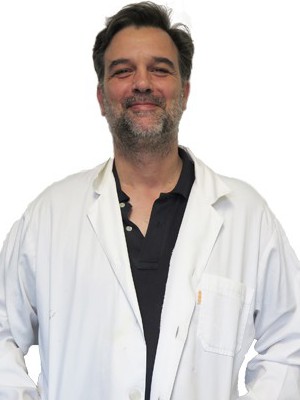resumo
In an attempt to elucidate the aggregation behaviour of bovine serum albumin and its modulation by salt ions, size-exclusion high-performance liquid chromatography was used and complemented by dynamic light scattering. The influence of the protein concentration, and type and concentration of inorganic salt on the aggregation of albumin in solution have been analyzed. Based on the observations herein reported an aggregation mechanism is proposed, according to which (i) some functional groups of albumin dissociate in solution forming macromolecular ions; (ii) the macromolecular ions bind with each other into large aggregates; and (iii) the salt ions establish chemical equilibria with the charges of opposing character present in the macromolecular ions' backbone, promoting or preventing the aggregation. The present work shows that the aggregation behaviour of bovine serum albumin in solution and its modulation by salt ions can be explained by chemical concepts, with chemical equilibrium playing an essential role.
palavras-chave
INTRINSICALLY DISORDERED PROTEINS; HOFMEISTER SERIES; WATER; MACROMOLECULES; MOTION; CHARGE; SALTS; IONS
categoria
Chemistry; Physics
autores
Madeira, PP; Rocha, ILD; Rosa, ME; Freire, MG; Coutinho, JAP
nossos autores
Grupos
G4 - Materiais Renováveis e Economia Circular
G5 - Materiais Biomiméticos, Biológicos e Vivos
Projectos
CICECO - Aveiro Institute of Materials (UIDB/50011/2020)
CICECO - Aveiro Institute of Materials (UIDP/50011/2020)
Collaboratory for Emerging Technologies, CoLab (EMERGING TECHNOLOGIES)
agradecimentos
This work was developed within the scope of the project CICECO-Aveiro Institute of Materials, UIDB/50011/2020 & UIDP/50011/2020, financed by national funds through the FCT/MEC. This work is funded by national funds (OE) , through FCT - FundacAo para a Ciencia e a Tecnologia, Portugal, I.P., in the scope of the framework contract foreseen in the numbers 4, 5 and 6 of the article 23, of the Decree-Law 57/2016, of August 29, changed by Law 57/2017, of July 19. Marguerita E. Rosa also acknowledges FCT for the PhD grant FCT SFRH/BD/136995/2018 developed within the scope of the project CICECO-Aveiro Institute of Materials.





